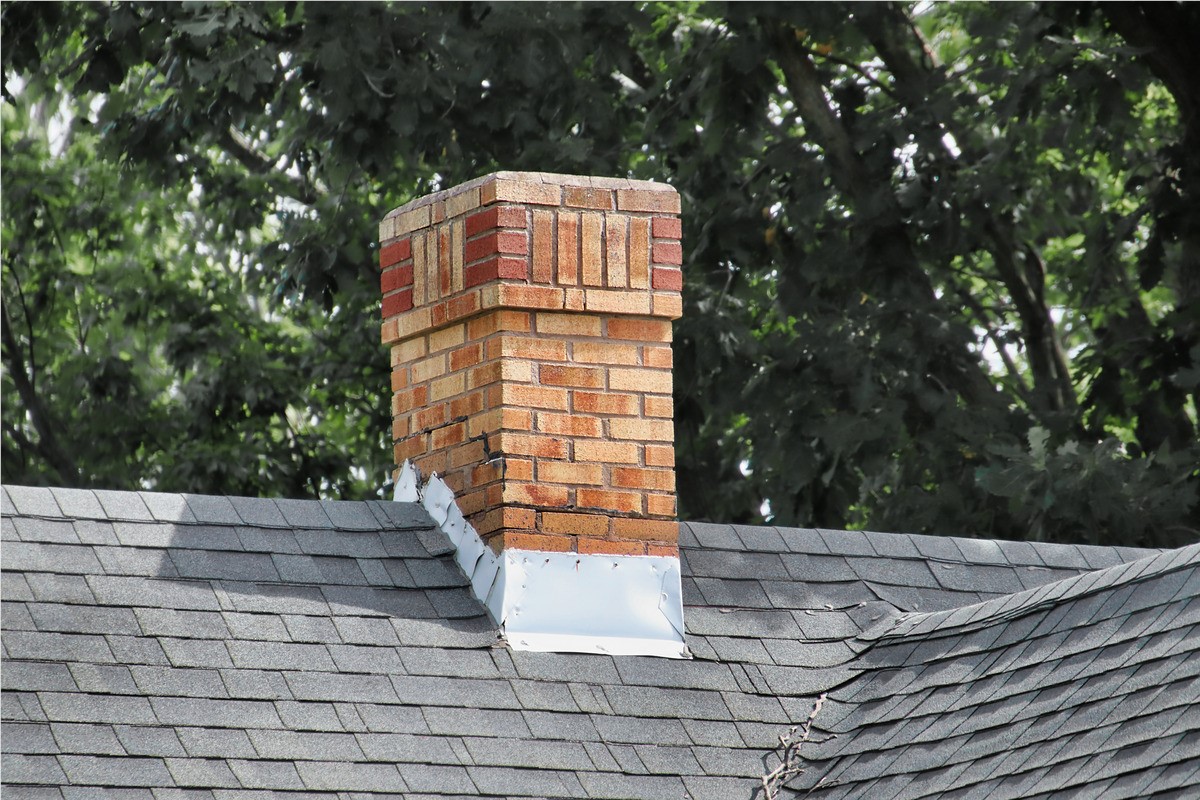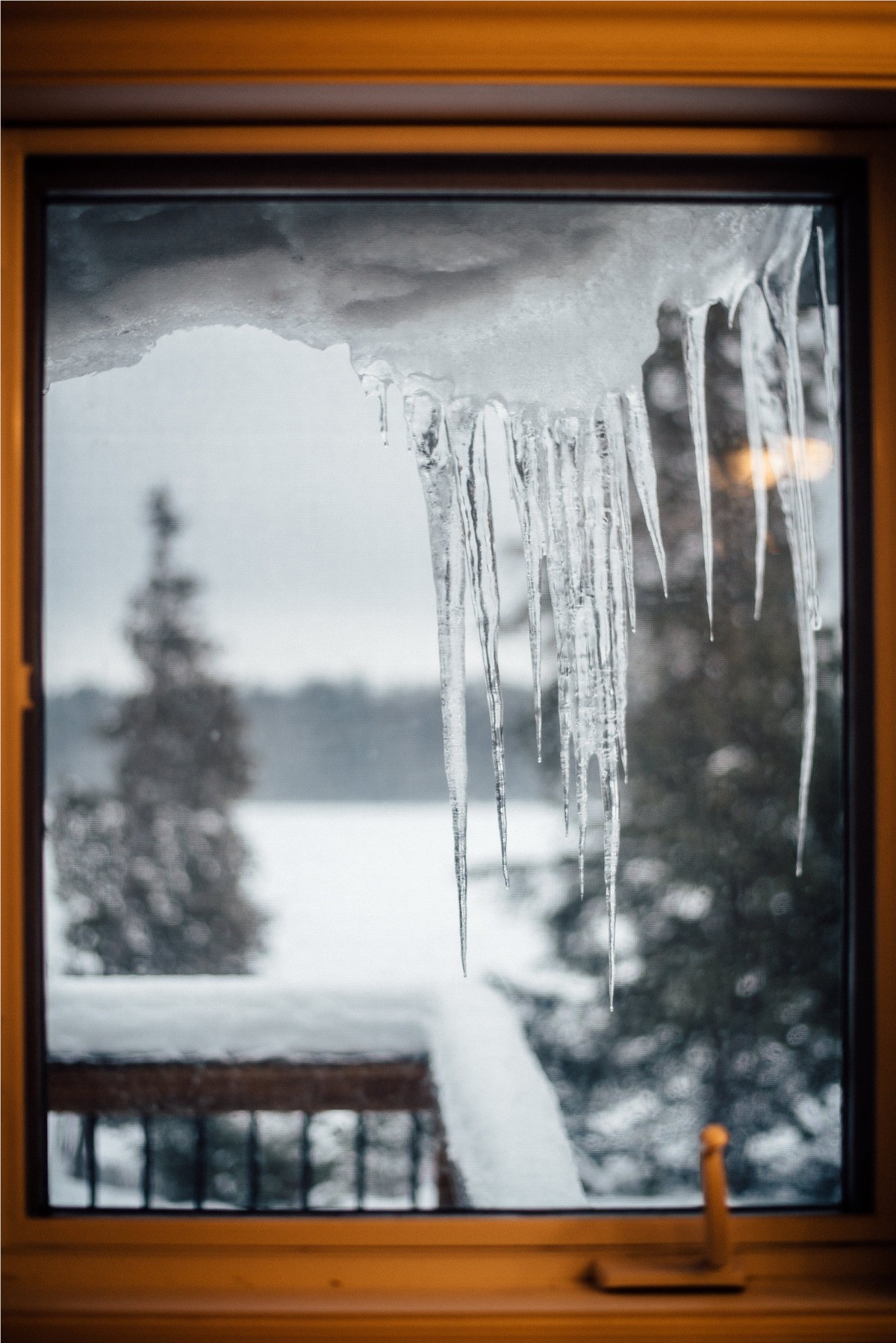It can be difficult to know the right time for siding replacement as well as what materials you should use. Fortunately, there are some telltale signs that help you know when to replace siding. And with a knowledgeable professional to help you choose the right material, you can improve your home’s curb appeal, energy efficiency, and more.
Knowing When It’s Time for Siding Replacement
So how do you know when it’s time to replace your siding?
- Aesthetics: Perhaps you moved into a previously owned home with siding you didn’t care for. If you feel you’ve put up with it long enough, the prospect of improved aesthetics is a great reason for siding replacement.
- Dirty, worn out siding: Even if you once enjoyed the look of your siding, time may have dirtied it and caused it to wear out, which is another viable reason to replace it.
- Cracks in the masonry: Cracks might mean nothing, but they could also indicate that it’s time for siding replacement. A quick trick: place a piece of duct tape over a prominent crack and wait. Return after a month and examine the tape. If it has started to twist, the crack is worsening and you should replace the siding before further damage occurs.
- Termites and dry rot: If these problems aren’t caught early, your home’s structural integrity could be at stake. Examine the siding occasionally, pressing a knife against a window frame to see how soft it is. If a gentle press puts a dent in the wood, you could have dry rot problems. The siding near the ground may also show signs of termite invasion or dry rot, which indicates that it may be time to replace the siding.
- Mold and mildew: The DC Metropolitan area can get really humid in the summer, leading to possible mold growth on your home’s siding. New mold can be removed easily enough, but if left untreated, mildew can lead to wood rot and make siding replacement a necessity.
- Chipping paint: The first layer of defense for brick and wood siding is paint. If it cracks, moisture and insects have easier access, which leads to siding deterioration. Fix peeling paint as soon as possible to prevent future damage. Otherwise, siding replacement could become unavoidable.
Siding Materials to Choose From
- Cedar: Wood siding, cedar in particular, adds a certain warmth that other materials lack. You may choose it for its beauty, versatility, or durability. Cedar is actually one of the most robust natural woods available. It offers greater resistance to moisture, insect invasion, and decay.
- Vinyl: This is perhaps the most common material choice for homeowners in Maryland, Virginia, and Washington, DC because it strikes a great balance between costs and looks. Plus, vinyl is a low-maintenance material once it’s installed correctly by a professional contractor. Vinyl won’t rot, peel, or dent easily. You might even consider ENERGY STAR rated vinyl siding to improve energy efficiency.
- Fiber cement: This material looks like wood once finished, and you can even apply paint or stucco to achieve the desired look. Cement is extra durable, and when you choose new James Hardie fiber cement, you can improve your home’s insulation and increase energy efficiency. If you’re worried about damage from moisture or termites, cement siding is a great solution.
For quality siding replacement at a price you can agree with, look no further than Shanco. Contact us today to learn why we are one of the top siding contractors in Maryland!
Tags
Subscribe to Shanco's Blog





Comments